BAE Systems has shared an optimistic market update, underscoring its robust performance and strategic growth.
Central to this update is the significant contribution of Scottish shipbuilding work to BAE’s financial strength.
Notably, the firm has secured an impressive order intake, with approximately £10 billion booked since the half-year update.
For the financial year 2023, BAE Systems maintains a positive outlook across key financial indicators. The guidance includes a projected sales increase of 5 to 7% from 2022’s £23,256 million, an underlying EBIT growth of 6 to 8% from £2,479 million in 2022, and an underlying EPS increase of 10 to 12% from 55.5p in 2022. The company also anticipates Free Cash Flow (FCF) to exceed £1.8 billion, a slight decrease from £1,950 million in 2022.
Highlighting the long-term nature of defence contracts, BAE Systems has secured significant deals, including a £3.9 billion funding for the SSN-AUKUS submarine programme. This funding, earmarked for development work until 2028, encompasses the detailed design and procurement for future build phases.
Additionally, the company has received multiple awards worth around $800 million for Bradley fighting vehicles and upgrades, as well as a $500 million contract for ARCHER artillery systems from Sweden.
BAE Systems’ commitment to investment and industrial collaborations is evident in its strategic growth plans. These include expanding UK submarine facilities, advancing a new shipbuilding facility in Glasgow, and enhancing munitions manufacturing capacity.
Leadership changes within BAE Systems have been announced, with Angus Cockburn joining the Board as a Non-Executive Director and Nicole Piasecki taking over from Chris Grigg as Senior Independent Director. The Executive Committee will also see new appointments following the retirement of long-serving members.
In their market update, BAE Systems states: “Trading has been in line with the upgraded guidance we issued at the time of our 2023 half-year results. We are delivering another year of good sales and earnings growth, together with strong cash flow generation.”
Charles Woodburn, Chief Executive of BAE Systems, further elaborates: “Order flow on new and existing programmes, renewals on incumbent positions and progress with our opportunity pipeline remains strong. These underpin our confidence and visibility for good top line growth in the coming years.”


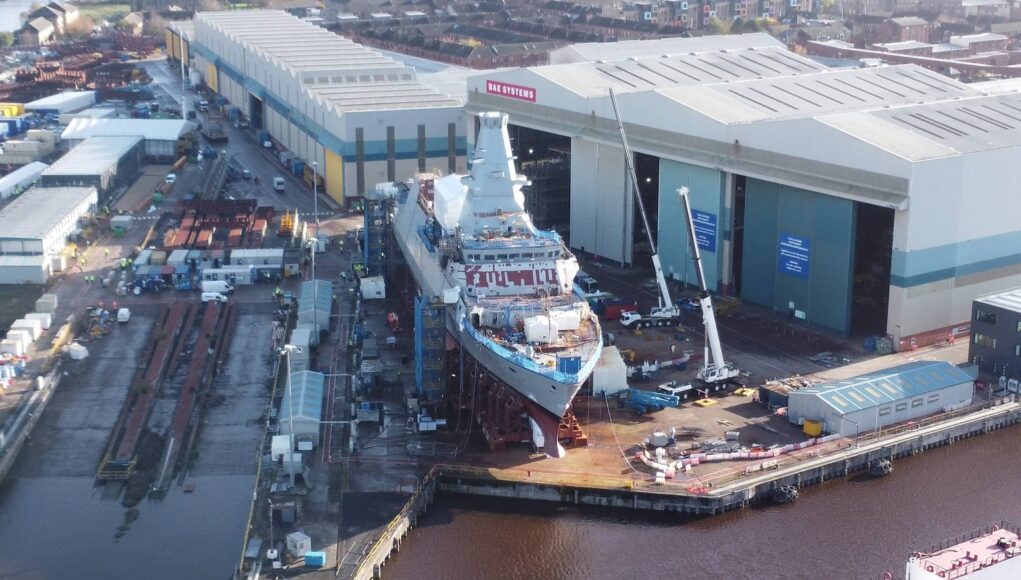

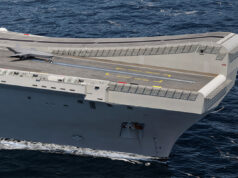


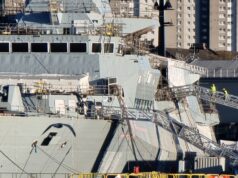

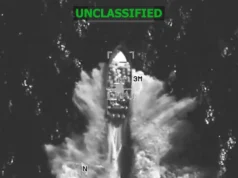
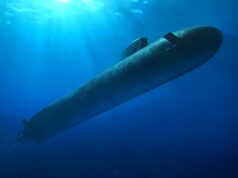
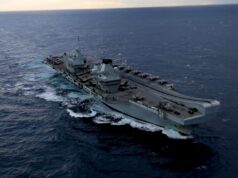
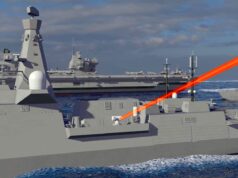

BAE becoming a real British success story compared to where is was back in the days post privatisation.
It’s still quite amazing the propensity of the army to select US defence contractors when BAE probably has the greatest existing portfolio of weapons system’s for them to choose from.
I’m hoping lessons have been learned over both LM and GD around the Ajax debacle but I doubt it.
The navy has taken great pains to have three surface and one sub surface yard with continuous build programs from three different contractors now. As small as the British army is it’s still easily big enough to have two continuous factory lines from two separate contractors building it’s products. It really needs to focus on getting those from domestic contractors. Once the GD line for Ajax shuts down it need to start new programs with someone else like Babcock while keeping the BAE line going. It also needs to stop trying to reinventing the wheel on the platforms is selects. Over ambitious armoured vehicle projects have been the death of UK production.
We could still export armoured vehicles but you can’t export what your not making.
Not really, 11 quid a share you’ll get 2.55% return on that investment, if they increase profit by 10% next year that’s a whopping 2.75%. The share price could easily loose 10% of its value overnight. Why is this important because if BAe need to raise capital its not easy when investor can get higher returns from a saving account or bonds.
I agree on exports, I can’t recall how many times I’ve posted that we need BAe and other UK defence manufacturers to productise their defence offerings, all too often they have endorsed the MoD view that bespoke and high priced equipment is the way forward, its great short term for BAe but longer term that investment has no further rewards from export sales.
Do you actually dislike BAe ? Just asking !
I would say it was a lack of foresight/orders that closed the BAe Tank production line in Newcastle. This place produced the Challenger 2, I reckon they would have done a much better job on Ajax and the Warrior upgrade. The bad news is once you lose that type of manufacturing capacity, it is extremely expensive to start up again, plus you need to find skilled labour.
Armstrong works is now owned by Pearson who have the facilities to build tanks, and would build K9a2s if MFP goes in that direction.
Isn’t it a bit more complicated than that Responsive merged with Pearson as part of Reece Group but I think they are now owned by Rafael.
Merkava 5 anyone ?
Responsive is a subsidiary of Pearson which in turn is a subsidiary of Rafael i believe.
Responsive Engineering and Pearson are sister companies and they occupy all of that building. Both involved in parts of the CR3 and Boxer so maybe someone should ask them. Even if it was to produce new build hulls for more CR3’s but maybe with an MTU engine pack at least they are British owned.
Pearson also makes parts of Ajax, Trophy APS and soon Samson RWS.
MTU engines can be manufactured in East Grinstead.
An alternative would be Cummins who have a large footprint here, or maybe even Caterpillar who also have a large footprint here.
I agree with you…… mostly about this.
Why can’t they build ferries for cal mac ???
Babcocks and BAE, how are they classed as private companies if most of their work is government funded?